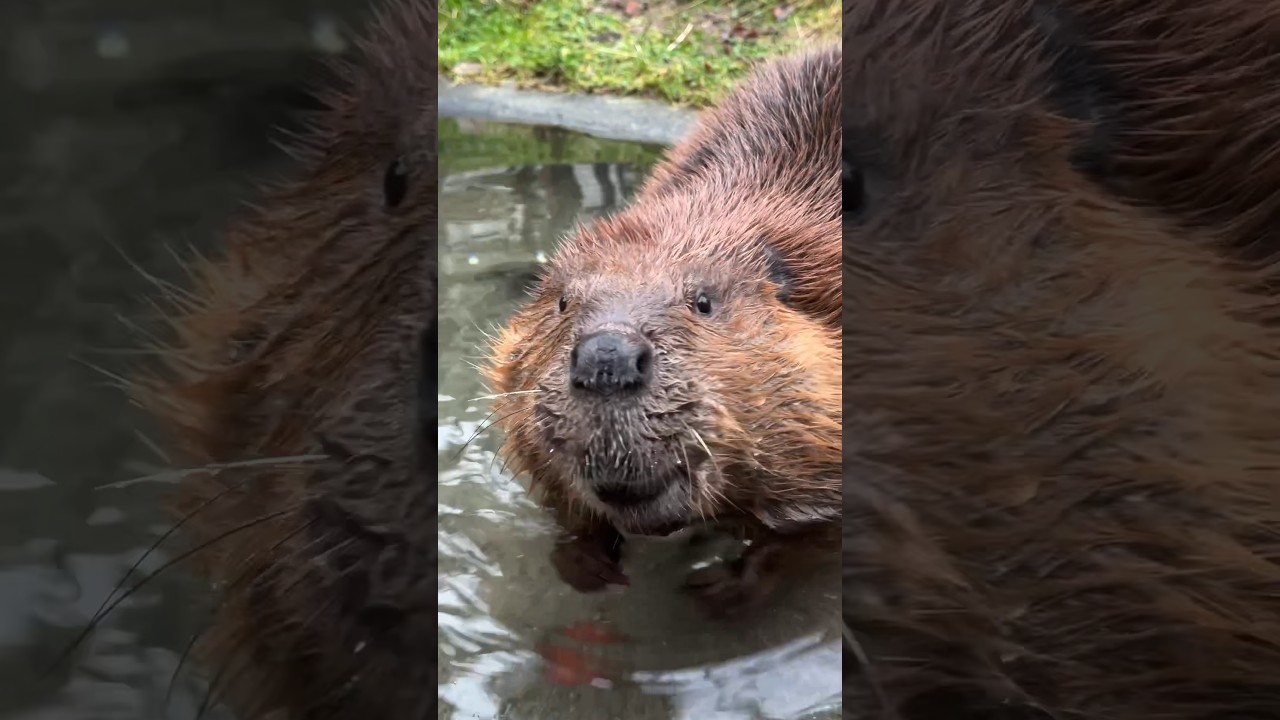– Understanding the social structure and behaviors of beavers in the wild
– Importance of habitat conservation for the sustainability of beaver populations
– The role of beavers in ecosystem management and water conservation
– Case study: Observations from the beaver family, Nutmeg, Walnut, and Butternut
– Challenges in zoo management and wildlife conservation practices in preserving species like the beaver
Beavers are remarkable for their ecological roles as nature’s engineers. They possess an outstanding ability to modify their environments, making them keystone species with a significant impact on biodiversity. The beaver family, consisting of Nutmeg, Walnut, and Butternut, offers an intimate glimpse into these fascinating behaviors and the complex dynamics within beaver societies.
Social Structure and Behaviors of Beavers
Beavers are known for their monogamous relationships, often staying with a single partner for life. The social unit of a beaver colony typically includes the adult pair, their current year’s offspring, and sometimes offspring from the previous year. This social structure is crucial for their survival, as all members participate in dam building, foraging, and grooming. The cooperation displayed by beavers, such as the family of Nutmeg, Walnut, and Butternut, highlights their intricate social behaviors. Observing this beaver family can provide insights into the division of labor, communication methods, and nurturing practices within these colonies.
Importance of Habitat Conservation
Beavers dramatically influence their habitats by constructing dams and lodges, which can create wetlands – important ecosystems that serve as biodiversity hotspots. These wetlands benefit not just beavers but countless other species. However, beaver populations have dwindled in the past due to habitat loss and fur trade, making conservation efforts critical. Protecting the natural habitats of beavers and understanding their needs, as observed in Nutmeg, Walnut, and Butternut activities, is fundamental to ensuring their survival and the health of wetland ecosystems.
Role in Ecosystem Management
Beyond creating biodiversity, beavers play a vital role in water management and purification. Their dam-building activities slow down water flow, reducing erosion and sedimentation downstream. The wetlands they create improve water quality by filtering pollutants. These ecosystem services provided by beavers, including those by families like Nutmeg, Walnut, and Butternut, underscore the necessity of integrating beaver conservation into broader ecosystem management and water conservation strategies.
Observations from the Beaver Family
Studying the beaver family of Nutmeg, Walnut, and Butternut can offer valuable lessons in beaver behavior and ecology. For instance, their dam-building techniques reflect adaptive strategies that ensure the stability and longevity of their structures. Observing how this family interacts, communicates, and works together to maintain their environment can shed light on beavers’ complex yet efficient social systems.
Challenges in Zoo Management and Wildlife Conservation
In zoo management and wildlife conservation, preserving species like the beaver poses unique challenges. Captive environments must mimic the natural habitats closely to support the complex behaviors and needs of beavers. This includes providing sufficient water bodies for dam building and maintaining an ecosystem that supports their diet and natural behaviors. In natural and zoo settings, efforts to conserve beaver populations, such as those of Nutmeg, Walnut, and Butternut, demand a deep understanding of their ecological impact and requirements.
Protecting beaver populations extends beyond individual species conservation, influencing broader ecosystem health and resilience. Thus, the case study of the beaver family sheds light on the broader practices and considerations necessary for wildlife conservation efforts. Engaging with these challenges actively involves addressing habitat destruction, ensuring genetic diversity, and fostering human-wildlife coexistence strategies to mitigate conflicts.
In essence, the dynamics of beaver societies, exemplified by the family of Nutmeg, Walnut, and Butternut, encapsulate the interconnectedness of species within their ecosystems. Their habitat construction behaviors underline their pivotal roles in ecosystem function and biodiversity support. As such, the conservation of beavers is an integral part of maintaining healthy wetlands and ensuring the sustainability of myriad other species that depend on these environments. Through careful observation, research, and conservation practices, we can support these extraordinary animals and the essential habitats they create.
*****
Source Description


